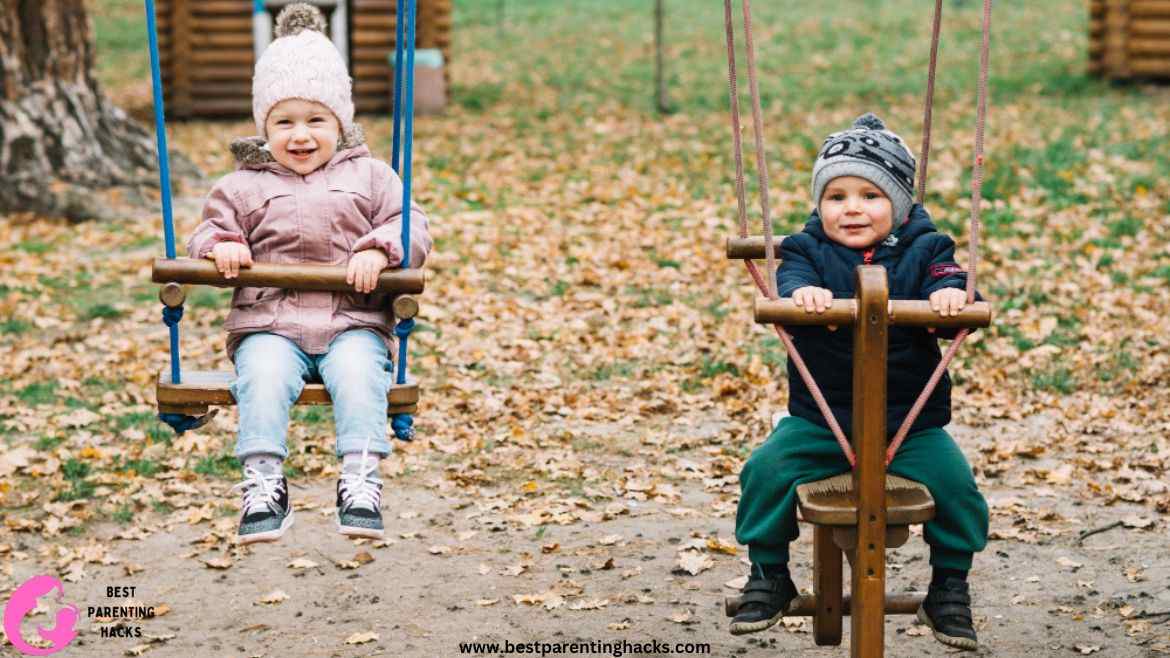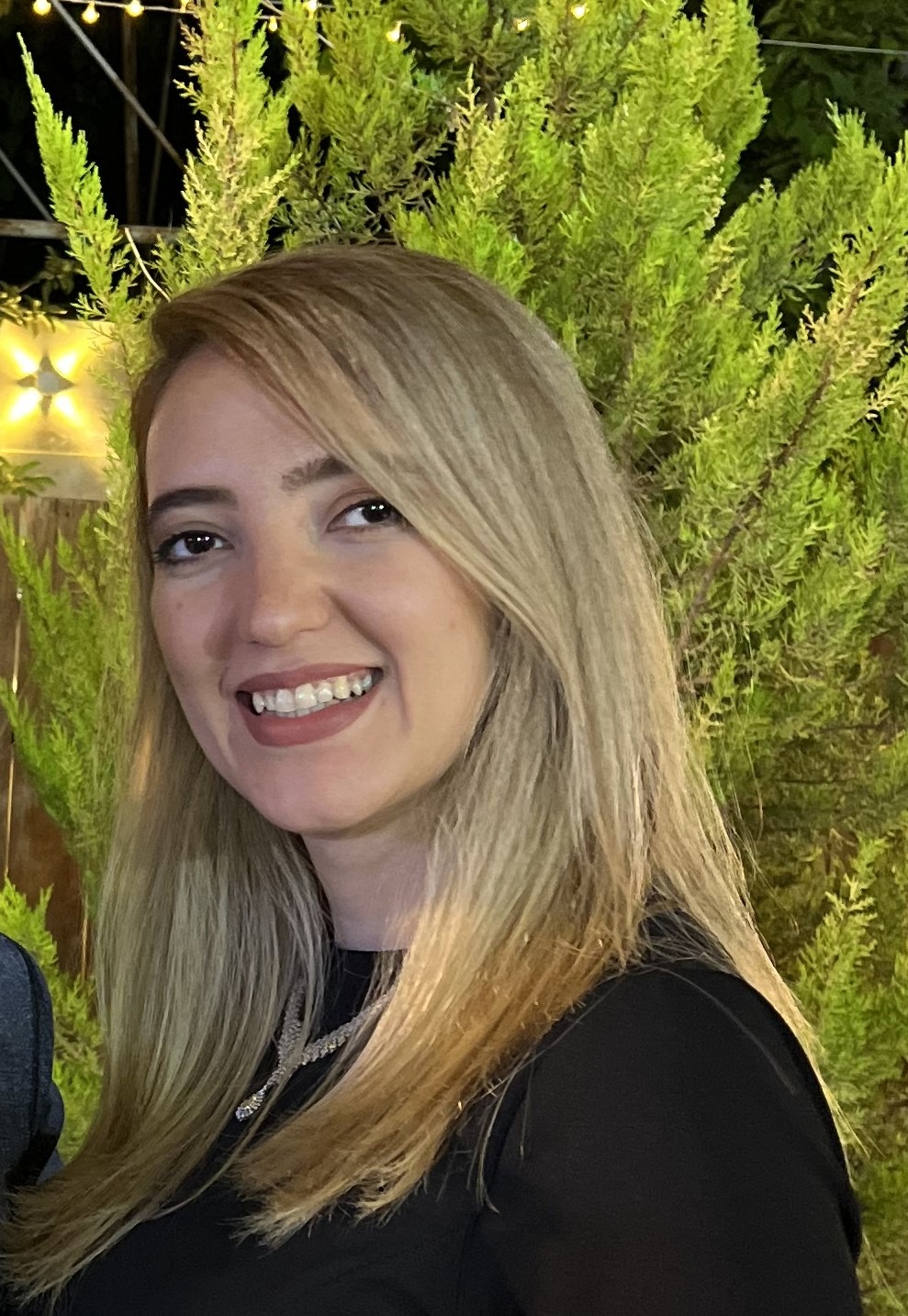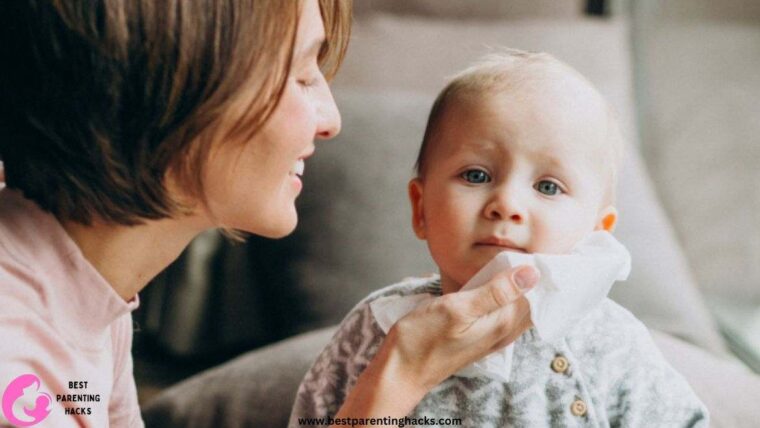Table of Contents
I’ve experienced the plethora of delights and difficulties that accompany being a parent. The baby swing is one of the items that quickly becomes a mainstay in each new parent’s toolkit. The first time I sat my infant in one, I recall the soothing hum of the motor, the gentle swing, and the instant serenity that enveloped us both. In the chaos of becoming a new parent, it was a brief but welcome break. However, as time went on, I couldn’t help but wonder: when should I stop using the baby swing?
There is no simple answer to this. It goes beyond a baby’s age or stature. It requires understanding your baby’s needs recognizing when they are ready, for a transition and finding a ground, between the convenience of using the swing and the potential risks of using it too much. To assist you in making this choice, I’ll offer professional guidance together with my own experiences and observations in this post. The goal is to provide a manual that not only answers your query, but also gives you the knowledge and confidence you need to embark on your adventure as a parent.
Understanding the Right Time to Stop Using a Baby Swing
It takes skill to determine when it’s time to stop using the baby swing. Of fixating on reaching a particular age it is crucial to monitor and observe your child’s growth and development. Based on my observations, there are four crucial signs to be aware of:
1. Physical Growth: Babies may appear stifled in their swings as they get bigger. They are physically outgrowing the swing if their head or legs are rubbing against its edges.
2. Developmental Milestones: Babies usually start to become more active between the ages of 6 and 9 months. They begin to sit up, roll over, and express interest in crawling. It’s time to reconsider the swing whenever your child begins to reach certain developmental milestones.
3. Decreased Interest: Over time, my youngster, like many others, started to exhibit less interest in the swing. When they get bored or irritable on the swing, it’s a sign that they’re ready for activities with greater stimulation.
4. Safety Concerns: There is a risk to your child’s safety if they attempt to climb out of the swing. This behavior clearly suggests that the swing is no longer appropriate.
You Might Also Like to Read: Baby Panting When Excited: Adorable or a Cause for Concern?
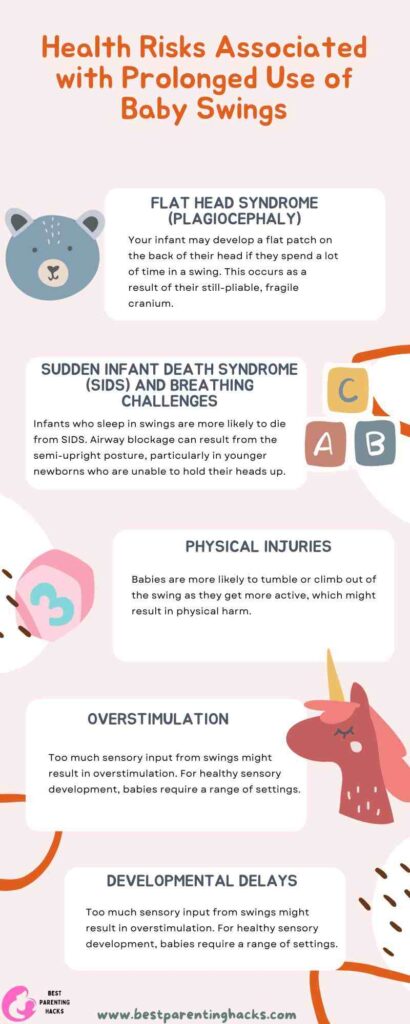
Health Risks Associated with Prolonged Use of Baby Swings
Long-term usage of infant swings carries several health hazards. Here are five important things to think about:
1. Flat Head Syndrome (Plagiocephaly): Your infant may develop a flat patch on the back of their head if they spend a lot of time in a swing. This occurs as a result of their still-pliable, fragile cranium.
2. Sudden Infant Death Syndrome (SIDS) and Breathing Challenges: Infants who sleep in swings are more likely to die from SIDS. Airway blockage can result from the semi-upright posture, particularly in younger newborns who are unable to hold their heads up.
3. Physical Injuries: Babies are more likely to tumble or climb out of the swing as they get more active, which might result in physical harm.
4. Overstimulation: Too much sensory input from swings might result in overstimulation. For healthy sensory development, babies require a range of settings.
5. Developmental Delays: Depending too much on the swing might prevent a baby from exploring and moving freely, which can impede physical development such as crawling and other motor skills.
You Might Also Like to Read: How To Reduce Foam in Baby Formula?

Balancing Convenience and Development
Although there is no denying a baby swing’s convenience, it’s important to weigh that benefit against your kid’s developmental needs. Here are five things to think about:
1. Physical Interaction: To build strong muscles and motor abilities, babies require physical interaction such as being held and having tummy time.
2. Sensory Development: Rather than the constant motion of a swing, varied settings promote sensory development.
3. Emotional Bonding: A swing cannot replace the need for human connection and bonding time for emotional growth.
4. Cognitive Growth: Even in very early life, a child’s cognitive growth depends on their exploration of the world around them.
5. Sleep Patterns: To develop sound sleep habits, newborns should learn how to drift off to sleep in a confined, secure space, such as a cot.
Safety Guidelines for Baby Swing Use
Using a baby swing safely is essential. The following four essential rules are as follows:
1. Follow the Manufacturer’s Instructions: Make sure you always go by the manufacturer’s guidelines regarding age and weight.
2. Supervision: Never leave a swinging infant alone.
3. Time Limits: Set a limit on swing time to avoid developmental delays and over-reliance.
4. Proper Use: To properly secure your infant, make sure the swing is on a level surface and that the harnesses are fastened appropriately.

Alternatives to Baby Swings
My kid has outgrown the swing, therefore I looked into other options, such as:
1. Floor Play: Playing on a level, safe surface promotes the development of motor abilities.
2. Interactive Toys: Excellent substitutes are toys that pique the senses and promote movement.
3. Sounds and Music: Compared to a swing, quiet music or white noise might be calming and less stressful.
4. Baby wraps and carriers: These provide a sense of stability akin to a swing while enabling intimacy and movement.
5. schedule and Consistency: Developing a reliable schedule, particularly for sleep, aids in the shift away from the swing.
Personal Experience: Transitioning Away from the Swing
Giving up the baby swing was a methodical and steady process. My baby and I began by spending less time on the swing and more time on the floor engaging in interactive activities. Although there were difficulties, like as fussier sleep times, persistence and patience were essential. I concentrated on providing a safe, nurturing atmosphere that nourished my infant’s innate interest and growth.
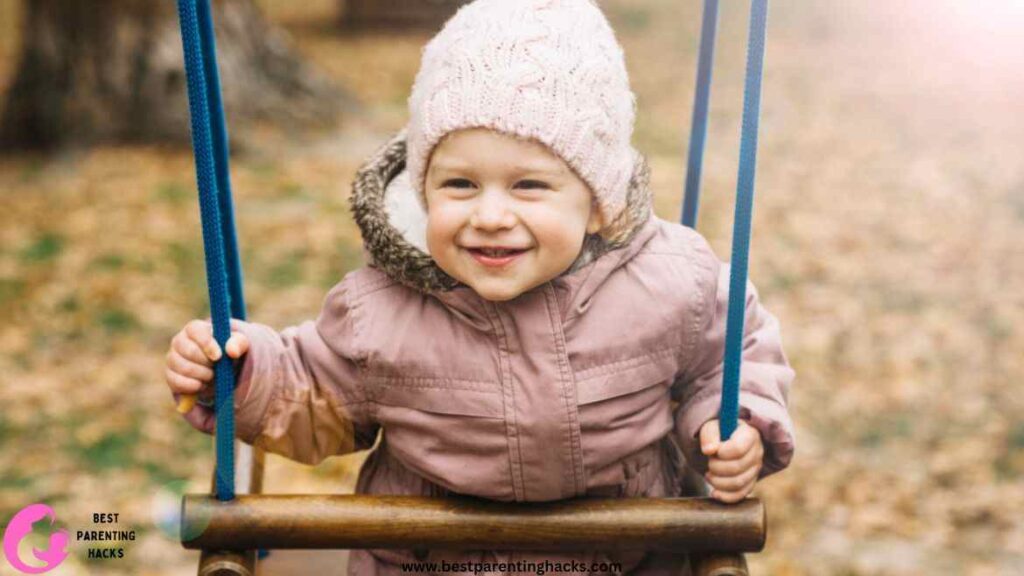
Conclusion
Deciding to discontinue using a baby swing is an important parental decision. It’s all, about understanding your baby’s needs recognizing the signs that they’re prepared, and making choices that prioritize their development and safety. Keep in mind that each infant is different, so what suits one might not suit another. Rely on your intuition, keep yourself educated, and show your kid love and care at every developmental stage.
FAQs
1. When may a baby stop using a swing? Most babies are usually ready to transition out of the swing by nine months. Age is not as important as developmental readiness.
2. Could extended usage of a baby swing cause delays in development?
• It’s true that relying too much on a swing may prevent people from developing their bodies and senses, which may cause delays.
3. How can I make sure my infant is safe when using a swing?
• Limit swing duration, always use the harness as directed by the manufacturer, and never leave your kid alone.
4. Are there other calming options for a fussy infant besides baby swings?
• Playing on the floor, engaging toys, relaxing music, using baby carriers, and creating a regular schedule are alternatives.
5. How can I tell when my child is old enough to stop using the swing?
• Physical development, reaching developmental milestones, losing interest in the swing, and safety risks like attempting to climb out are among the warning signs.
6. Is it okay if my child naps in the swing?
• No, it’s not advised because of the possibility of SIDS and respiratory problems. Infants should sleep on their backs on a level surface.
7. How does the usage of swings relate to the symptoms of flat head syndrome?
• The back of the baby’s head flattens when they have flat head syndrome. It may result in spending extended amounts of time in one posture, such as swinging.

